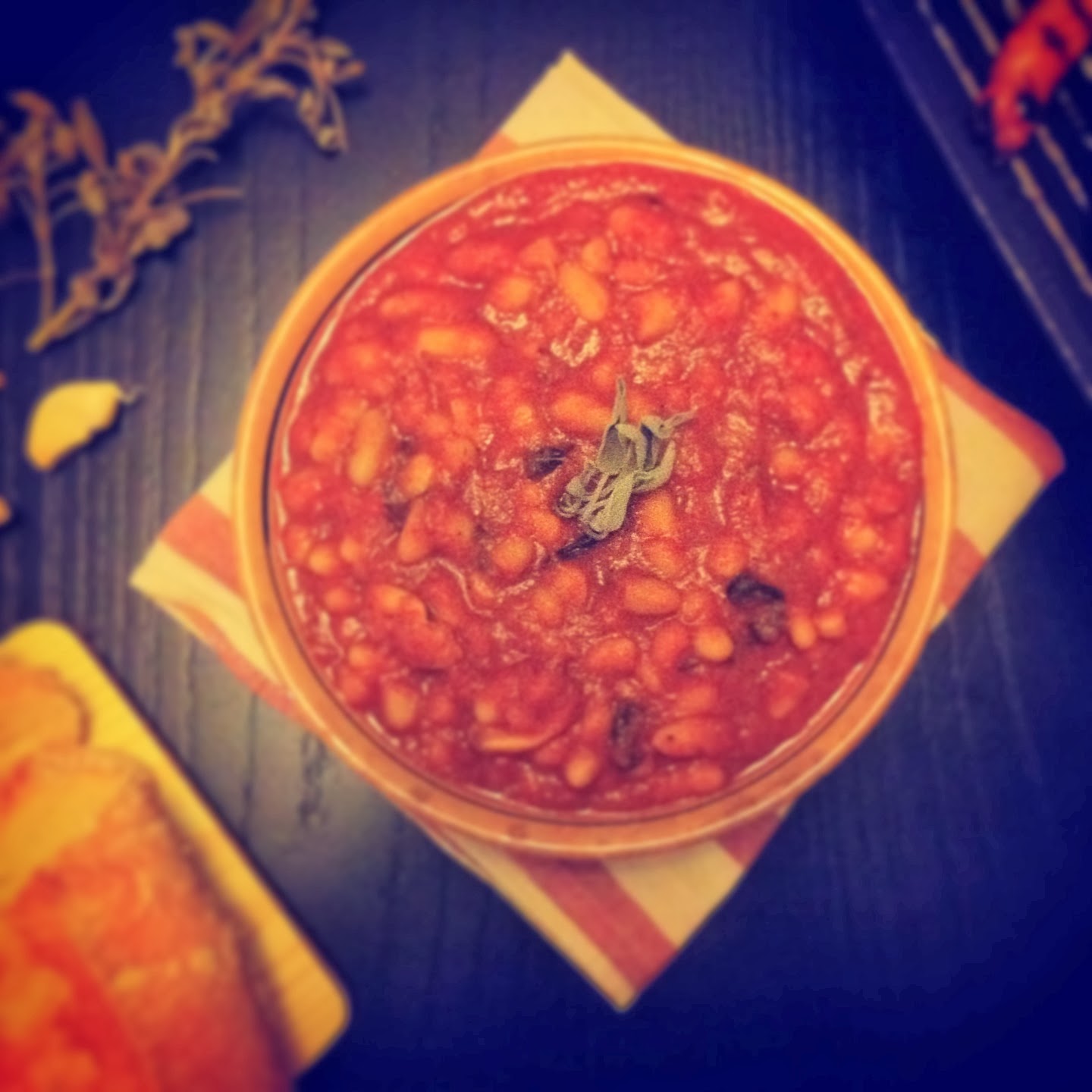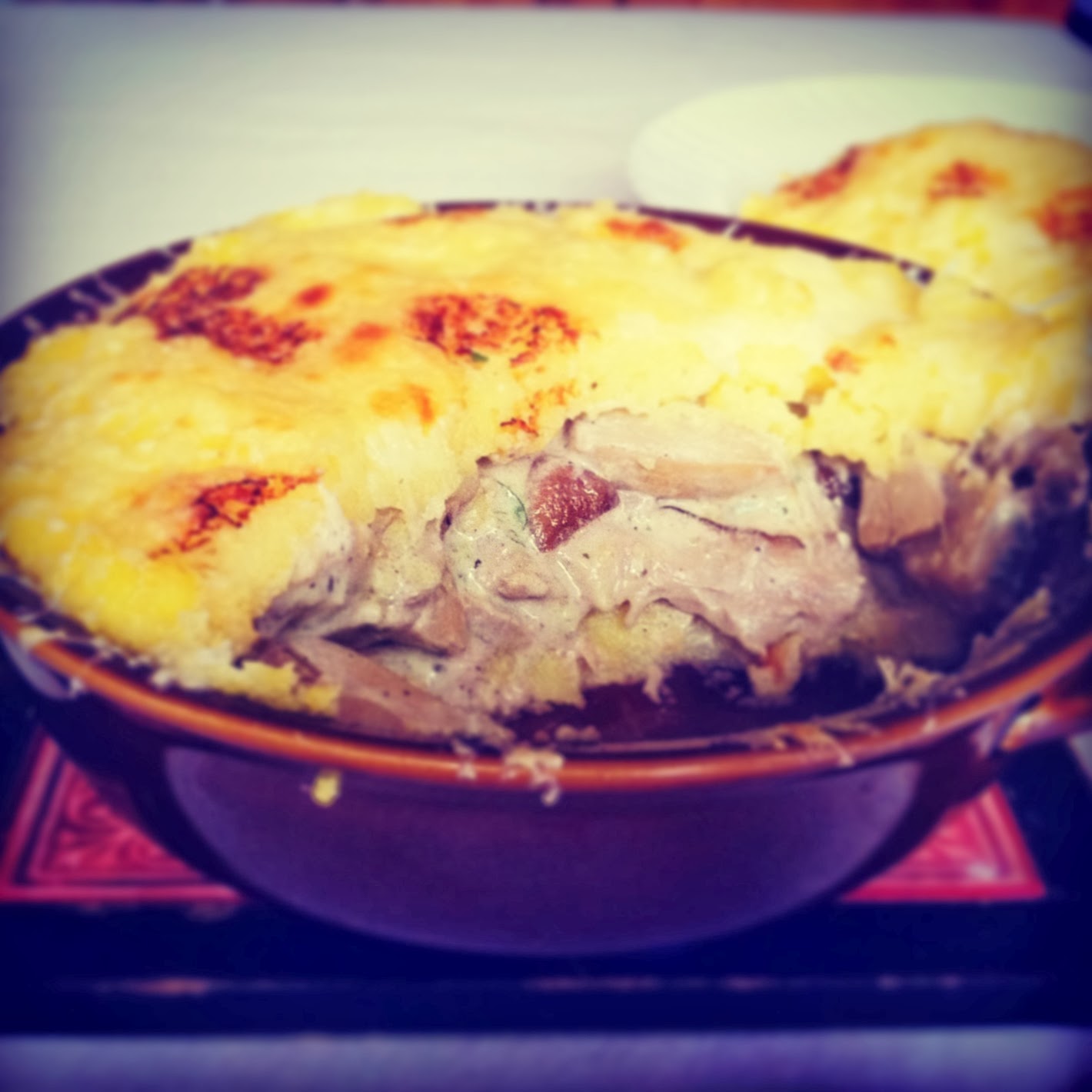Every Monday morning an elderly lady and her daughter
drive down our road selling homemade ricotta out of the back of a little white van. I
have to say that before sampling their produce I was never much of a ricotta
enthusiast. Like many Brits, I’d always thought of it as a rather mushy, bland
and uninspiring cheese that was not much good for anything other than mixing
with spinach or perhaps into a cake batter. How things have changed. I can
honestly say that the ricotta we now buy religiously every week is one of the
most delicious, pure and satisfying foods I have ever eaten and my main
motivation for getting out of bed on even the dreariest of Monday mornings.
Some time ago I started thinking about what sets this
ricotta apart from the rest and came to three conclusions. The first was that
the quality and flavour of the milk is of paramount importance, tasty milk =
tasty cheese! Secondly, the seasoning has to be absolutely spot-on, too much
salt and it will be inedible, not enough and it will be bland. Finally, I discovered
that, shockingly, this ricotta was in fact not an authentic one! The word
ricotta in Italian actually means ‘re-cooked’ due to the fact that the cheese
is made from the leftover whey of other cheeses such as mozzarella. The
difference with this ricotta is that, rather than being a by-product of another
cheese, it is in fact made directly from full fat milk, rendering it far
creamier and more luxurious than anything you can find in the supermarket.
After having this epiphany I set myself the challenge of
trying to replicate the sacred ‘Monday ricotta’ at home. It was no easy task!
For the past 3 months or so I have executed variations of the ricotta recipe
every Sunday, producing results which were never quite as good as the original.
This week I am happy to say that I have finally arrived at something which I
feel does ‘the Monday ricotta ladies’ justice. Unlike many of the recipes I
have found through my research online, mine contains no lemon juice or vinegar,
just milk, rennet and salt, giving it a truly pure and milky flavour. If you
haven’t made ricotta before, I strongly recommend that you give it a go, you
won’t be disappointed.
Ricotta fatta in casa (Homemade ricotta)
Ingredients
- 2 litres full fat, good quality milk
- 2 tsp salt
- 2 tsp extract of rennet (My mum bought me mine from Lakeland!)
Equipment
- Thermometer
- Muslin cloth
- A ricotta mould
Pour the milk and cream into a large, heavy based pan on a
medium heat, insert the thermometer and watch closely until it reaches 125C. Remove from the heat immediately, add the salt and rennet
and stir just for a few seconds using a metal spoon.
Leave the mixture to sit completely still for about an hour.
When you return the milk should have formed a jelly-like consistency on top
(the curds) and the whey should be sat underneath. With a knife cut the curds
into squares and carefully remove them from the whey using a slotted spoon,
transferring them to a colander lined with the muslin cloth. Once you have
sieved out all the curds, leave them to drain in the colander for about an hour.
Once the curd has dried out a little you can then transfer
the ricotta into moulds, wait a few minutes then tip them over onto a plate and
serve. If you don’t have a mould, a bowl is just fine.
To really appreciate the purity of fresh ricotta we like to
eat ours just on its own but it would also be great on crostini as an antipasto
or with honey as a light and creamy dessert.
Buon appetito!







.JPG)



.JPG)
.JPG)
.JPG)
.JPG)